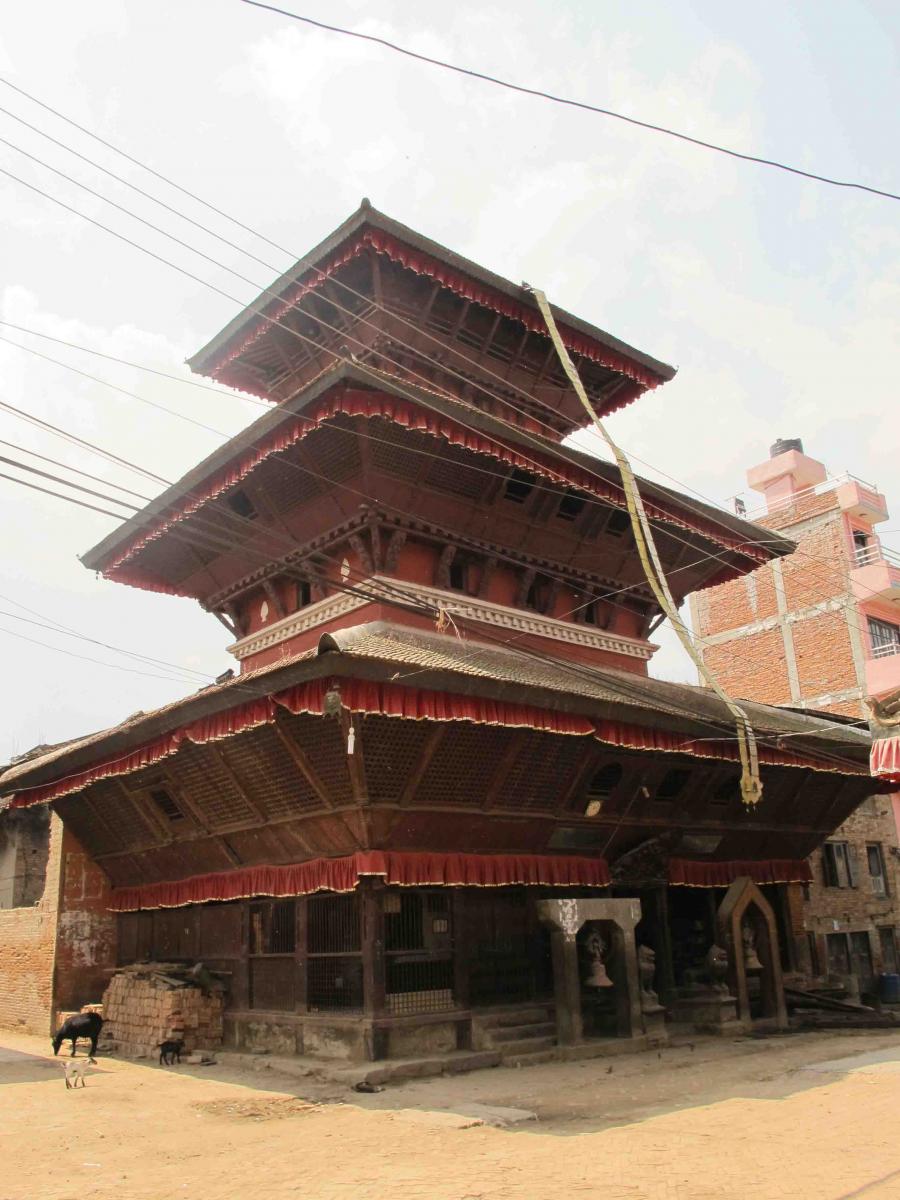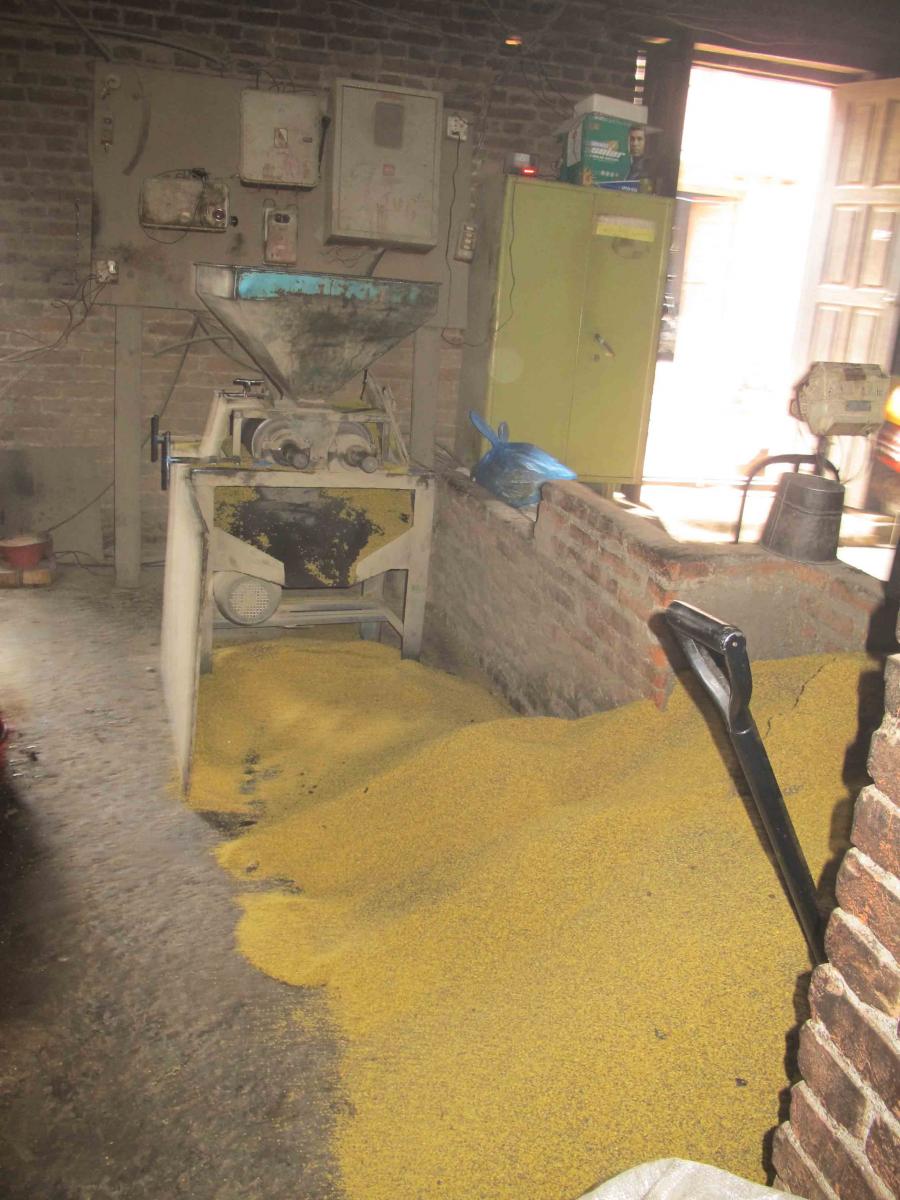Khokana, a traditional and tiny Newari village is situated north of Bungamati in Lalitpur district and is just about 7-8 km far from Kathmandu. This village has its own tradition and culture and also reflects the medieval settlement pattern with a system of drainage and chowks. The community vastly consists of the Newars who earns their livelihood from agriculture. Whilst, the men work on the field or are busy crushing seed, you can usually find the women doing their chores and beside that, sitting outside utilizing their spare time weaving, knitting and hand sewing.
This village is famous for its local temples but more than that, it is more widely known for its mustard-oil seed industry which is regarded as the living heritage of the village. The harvesting process of the mustard oil is a bit unusual as a heavy wooden beam is used to crush the mustard seeds in order to extract the oil. Mustard oil is a fatty vegetable oil and is dark yellow in color and tastes slightly pungent. Being edible oil, it is widely used for cooking as it is beneficial for the heart and also for therapeutic massage. Other benefits include, increase in appetite, hair loss prevention, skin care, lip care etc.
The local temple in this area is dedicated to the mother goddess, Shikali Mai. In the center of the tiny village, you can see a three-storey temple, Shree Rudrayani which will never leave your sight as it is visible from every corner of the village. Even though the temples are regarded as religious sites, the ponds in the area also carry similar religious importance. In August, the Khokana festival is held to showcase the unique aspects of the village. Different kinds of Newari dance; such as Dhime dance and Devi dance are performed while Newar food; such as Newar pancake (wo), a sweet steamed dumpling filled with molasses and sesame (yomari) and strong Nepali wine (ayla) are served. Handicrafts crafted by the locals, music and the mustard production are all on display. The Khokana festival has also drawn widespread critics and ire from animal rights activists for its blood sacrifice. Usually, a young goat is lowered into a pond.
The main streets at Khokana were widened during the rebuilding process after the 1934 earthquake and the villages also houses chaityas and a Modern Goddess temple. Even though Khokana will only keep you busy for few hours, it definitely has something to offer for all of us. Its rich cultural history and the life of the indigenous people is something to see and experience it yourself.









